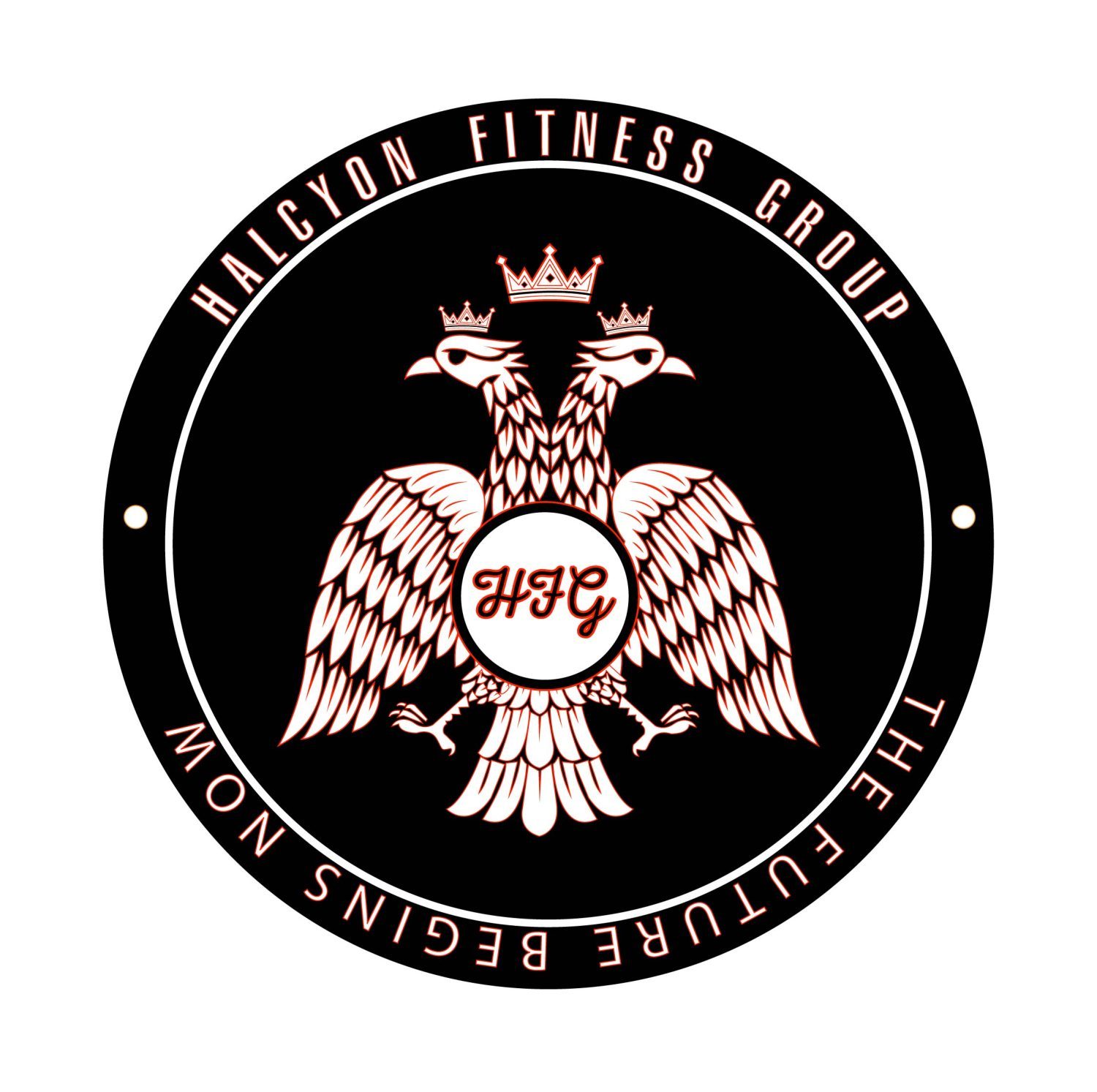REMINDER: THIS SITE. HALCYON FITNESS GROUP, LLC, ITS PARENT COMPANY MAGNA INTERNATIONAL ASSUME NO RESPONSIBILITIES FOR IJURIES THAT MAY HAPPEN IN LIEU OF HEAVY WORKOUTS OR ANY KIND OF TRAINING PERIOD. PLEASE CONSULT YOUR PRIMARY CARE PROVIDER FOR ALL THINGS HEALTH/WELLNESS RELATED.
Over the years, we’ve given you some of the best, sensible and effective tips on dieting, lifting and even lifestyles. Today is no different. This post will start off a new series, The Basics. This periodic series is all about working out, foundational exercises, preparation and the mental state it takes to succeed.
One of the most integral components of building a good strength training workout routine is having a firm grasp over what type of exercises you should be doing to complete each workout that you do.
The exercise selection you choose to use is going to determine which muscles in the body get worked with each session you do, the type of strength gains that you experience, as well as the nature of your muscle growth and development.
Generally speaking, there are two main types of exercises that can be performed in a strength training workout routine based around weight resistance. These are free weights and weight machines.
Weight machines are where most beginners start off with their workout program plan. These are machines that will essentially guide you through the entire movement every step of the way, so you never have to worry about what you should be doing next or controlling the range of motion.
Because of this, if it is your first time performing weight training activities, this tends to be most comforting. You can sit in the machine and it will direct you the entire time.
This also means that you’ll be at a slightly decreased risk of injury as there’s a much lower chance that you’ll drop a weight on the body or move out of proper form, which can cause an injury to immediately occur.
By using weight machines, you can focus on the muscle contraction taking place, getting a good feel for the weight lifting form of activity overall.
Weight machines also tend to be a good option for those who are suffering from any form of back pain because for the most part, your back will be supported the entire time throughout the exercise.
You’ll be sitting against a back pad, which will give you all the support and cushioning that you need.
The drawback to weight machines however is that first, you must be at a gym to use them. Most people will not have the space or the financial means to bring weight machines into their home. Therefore weight machines will be used primarily by gym-goers.
The second drawback to weight machines is the fact that you will not get as much core activation when you use them.
Which now brings us to the option of free weight training. As just mentioned, free weights are great for calling the core muscles into play as they’re going to be working hard every step of the way as stabilization muscles to keep you balanced and upright.
Furthermore, free weights are also going to require muscle activation deep within the muscle cells as well in order to keep the movement more stabilized overall and you executing it properly and with ease.
This can create stronger more functional muscles overall, so can be of greater use of participate in any team sports or related activities.
Free weights also don’t lock you into a certain pattern of movement. With machine weights, if you’re very tall or very short, you may find that the machines aren’t entirely comfortable for you to use, and this can sometimes also increase your risk of injury.
With free weights, that won’t be a problem.
Finally, the last big benefit to free weights is the fact that they’re perfect for those who want to utilize a home gym. With a simple set of exchangeable dumbbells that span over a range of different weights, you can build a full body workout that can be done whenever it’s convenient for you.
For those who prefer the home workout over the gym environment, this is clearly ideal.
The best case scenario is typically to incorporate both forms of exercise into a workout routine, however you can definitely reach your goals by choosing to use just one or the other depending on your needs, preferences, and the availability of the equipment.
As always, KNOWLEDGE is crucial to success. Remember your limits. The basics always win.





You must be logged in to post a comment.